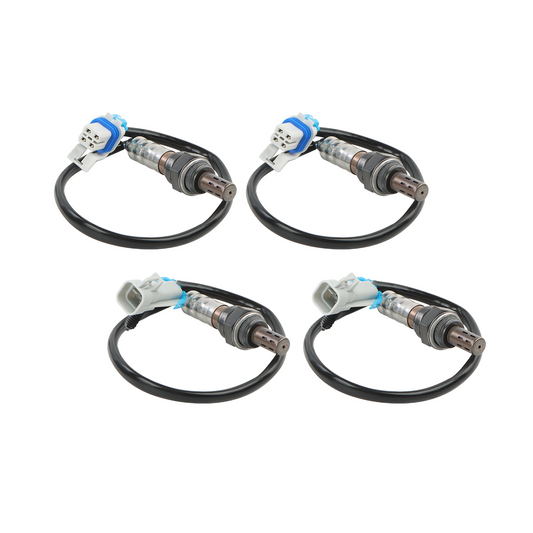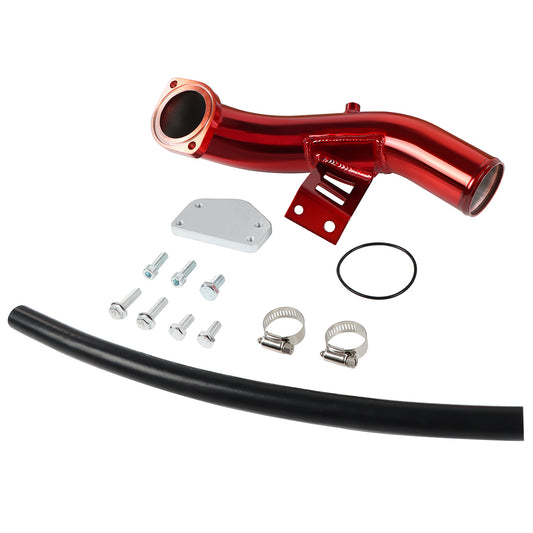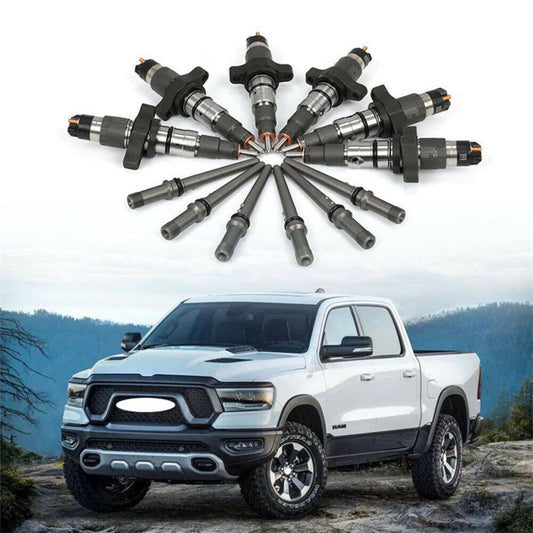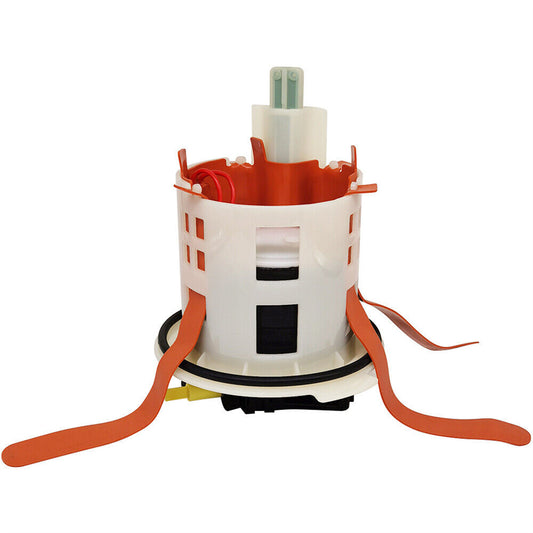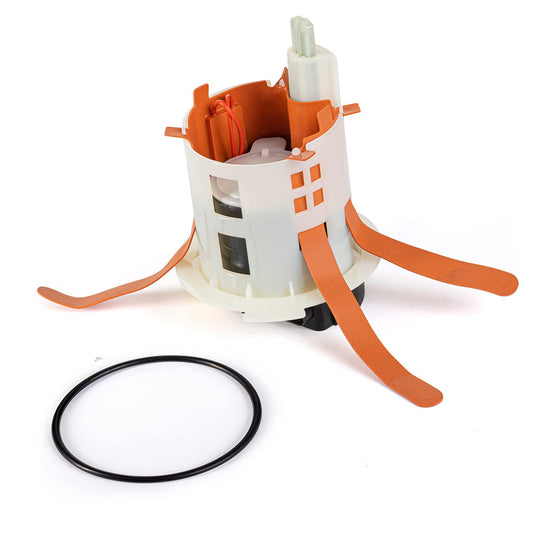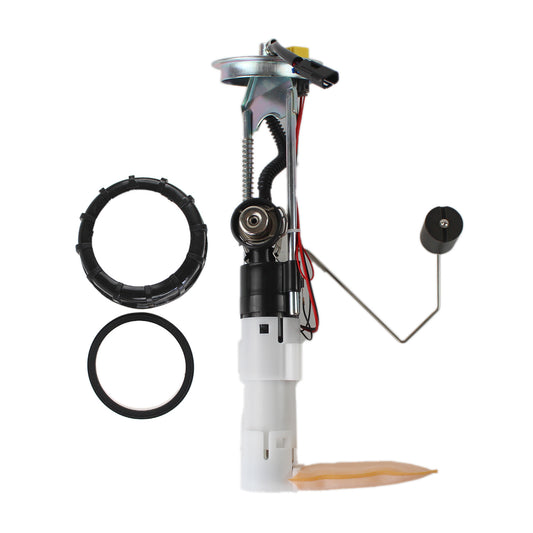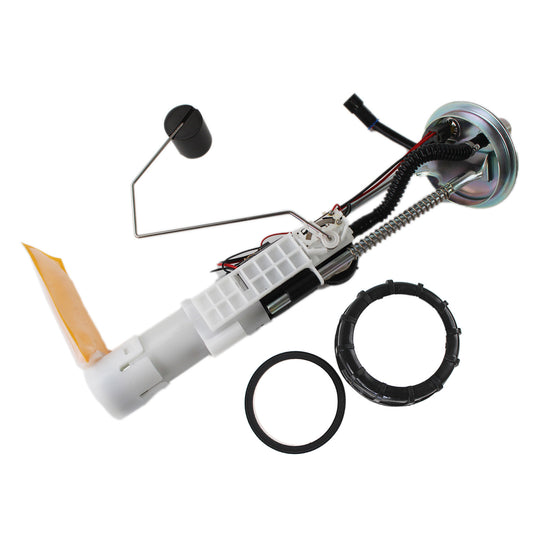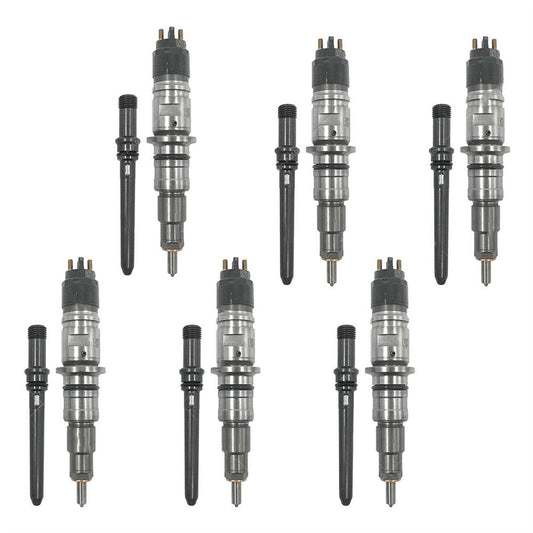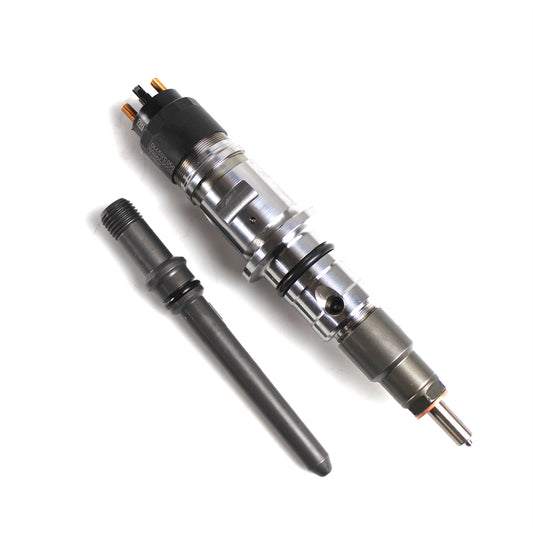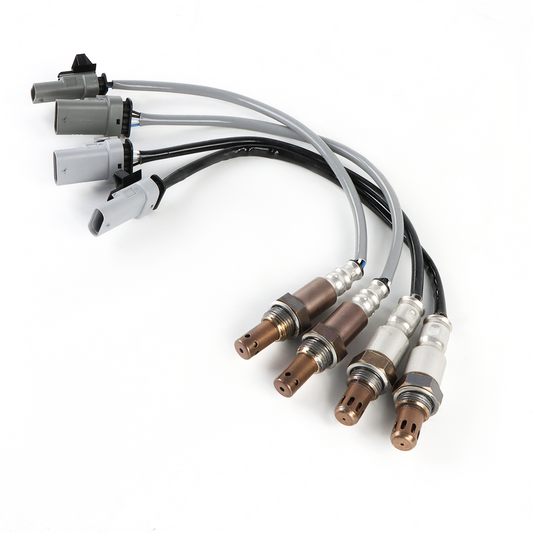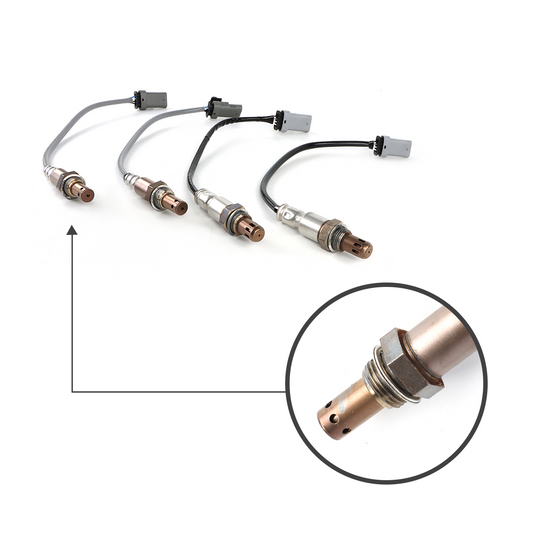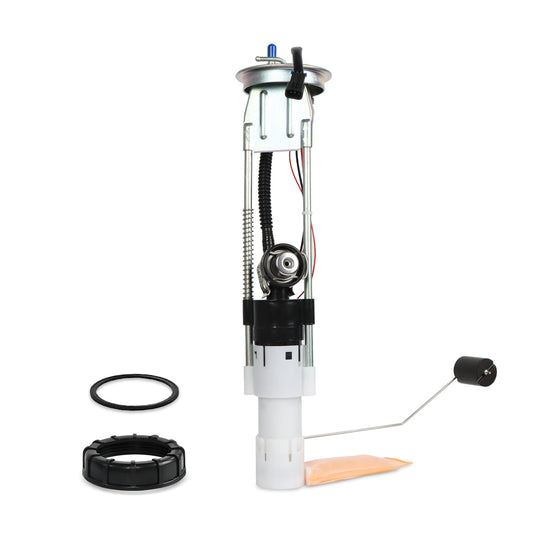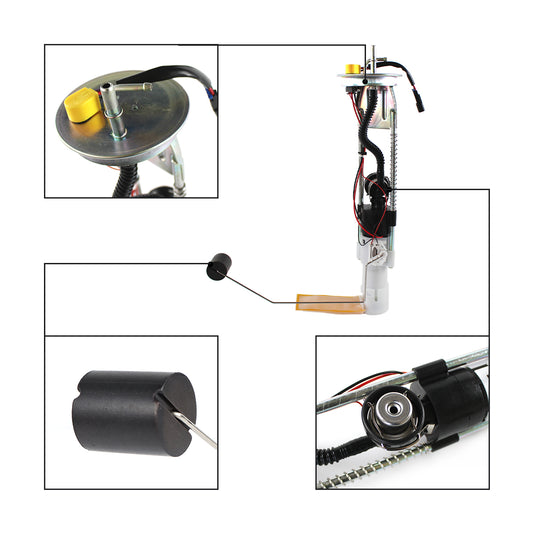The Detail You Should Know About Engine Piston ,Conrod & Connecting Rod Bearing
When you see the piston and the connecting rod, you might recognize it at a glance, and know what it is and where it's located in the engine. Besides these, what else do you know about them?
Do you know the composition of the piston and connecting rod? Do you know what the shape of the piston combustion chamber is? Do you know why the piston ring has three rings and what the three rings do? Do you know the material of the connecting rod? Do you know what a connecting rod bearing does? When a car engine fails, it is likely to be related to the piston or connecting rod.
If you know little about these parts, this article will cover them for you. So let's dive in.
How Much Do You Know About Piston?
A core component of the internal combustion engine is the piston. It converts the heat energy of fuel combustion into mechanical energy, which moves the engine's interior. It is a cylindrical component that moves back and forth within the cylinder body of the engine, driven by the force generated by the expanding gas produced by the combustion of fuel.
The piston usually consists of a crown or head at the top, a skirt at the bottom, and a piston pin connecting it to a connecting rod. The crown or head is designed to fit tightly inside the cylinder and form a sealed combustion chamber to prevent combustion gases from escaping. The piston skirt helps guide the piston up and down and helps to keep the piston accurately fitted to the cylinder.
As the piston does work downward in the cylinder, it creates a vacuum environment that sucks in a mixture of fuel and air. When the piston reaches the bottom of its stroke, the mixture is ignited by a spark from the spark plug. This creates a rapid expansion of the hot gas that drives the piston back to the cylinder, transferring energy to the connecting rod and eventually to the crankshaft.
Material of Piston
The materials used to manufacture engine pistons typically depend on several factors, such as the size and type of engine, its working conditions, and performance requirements.
In the table are some common manufacturing materials and descriptions.
|
Materials |
Descriptions |
|
Aluminum |
Aluminum is one of the most commonly used materials for pistons due to its lightweight, good thermal conductivity, and high strength-to-weight ratio. It is commonly used in high-performance engines, where weight reduction is crucial. |
|
Cast Iron Cast |
Cast iron is a durable and low-cost material commonly used in pistons of heavy-duty diesel engines. It can withstand high temperatures and pressure but is heavier compared to aluminum. |
|
Steel |
Steel is a strong and durable material that can withstand high stress and high temperatures. It's commonly used in pistons for high-performance engines, and it's also heavier than aluminum. |
|
Titanium |
Titanium is a lightweight and high-strength material commonly used in high-performance and racing engines. However, it is expensive and complicated to make. |
|
Ceramics |
Ceramics are lightweight and durable materials that can withstand high temperatures and stresses. It is commonly used in racing engines, but it is expensive and difficult to make. |
The choice of manufacturing materials is often based on different needs. The above table is for reference only.
Piston Type
Due to the piston of an internal combustion engine is always in a working environment of high temperature, high pressure, and high load, the requirement of the piston is relatively high. The following are common classifications of internal combustion engine pistons.
|
Dimension |
Type of piston |
||||||
|
Fuel used |
Gasoline engine piston |
Diesel engine piston |
Natural gas piston |
||||
|
Manufacturing Material |
Cast iron piston |
Steel piston |
Aluminum alloy piston |
Combined piston |
|||
|
The process of manufacturing piston blank |
Gravity casting piston |
Extrusion casting piston |
Forging piston |
||||
|
Working Condition |
Non-pressurized piston |
Pressurized piston |
|||||
|
Applicable Machine |
Car piston |
Truck piston |
Motorcycle piston |
Marine piston |
Tank piston |
Tractor piston |
Lawn mower piston |
Piston Shape
The piston is basically a cylindrical shape, the main difference in appearance lies in the top of the piston. The top is the combustion chamber, which has dozens and hundreds of different shapes. It can be roughly divided into the following four types: Common pistons are mainly divided into the following types:
Piston Combustion Chamber Shape
There are five common piston combustors.
|
Type |
Characteristics |
|
Hemispherical chamber |
|
|
Wedge-shaped chamber |
|
|
D-shaped chamber |
|
|
Bathtub-shaped chamber |
|
|
Pentroof chamber |
|
The shape of the piston combustion chamber can have a significant impact on engine performance which includes fuel efficiency, power output, and emissions.
Piston Ring
A piston ring is a split ring that surrounds the piston and helps to seal the gap between the piston and the cylinder wall in an internal combustion engine. Piston rings are usually made of cast iron, steel, or other high-strength materials, and they are designed to withstand high temperatures and pressures.
The piston ring typically consists of two parts: the compression ring and the oil control ring.
- A piston is usually equipped with two compression rings located near the top of the piston to seal the combustion chamber and prevent gas leakage. It is designed to fit snugly against the cylinder wall to prevent the fuel-air mixture from escaping into the crankcase.
- The oil control ring, often only one of a piston, located near the bottom of the piston, is responsible for controlling the amount of oil entering the combustion chamber. It also helps to prevent oil from entering the combustion chamber to be burned during combustion, which can cause pollution and reduce engine performance.
What Happens When A Piston Ring Fails?
- Poor engine performance. The piston ring forms a seal between the piston and the cylinder wall, helping to keep the combustion gas and oil in place. When the piston rings fail, these gases and oil will leak from the combustion chamber to the crankcase, reducing engine performance, power, and acceleration.
- Increased oil consumption. A failed piston ring may lead oil to leak through the piston into the combustion chamber, where it burns with fuel. It will cause your engine to consume more oil than it normally would, leading to more frequent oil changes.
- Exhaust produces blue or grey smoke. When oil leaks into the combustion chamber, it can burn with the fuel, producing blue smoke from the exhaust.
- Engine misfire: If one or more piston rings are severely worn or damaged, they may not properly seal the combustion chamber, which leads to a misfire.
- Engine damage. A failed piston ring may bring more serious engine damage, including scratches on the cylinder wall or even a completely jammed engine.
Do You Really Know The Connecting Rod In Your Machine?
A connecting rod is a slender rod that rotates at both ends and is responsible for transferring the force generated by the piston to the crankshaft, which is ultimately converted into rotational motion. It is a transitional and important component connecting the piston and crankshaft in internal combustion engines.
The connecting rod needs to bear significant force and stress during operation. It must be strong enough to withstand the force generated by the piston moving up and down the cylinder. At the same time, it needs to be light enough to move around flexibly and transfer energy.
Connecting rods are usually hollow to reduce weight, and they are made of high-strength steel or aluminum alloy. They come in a variety of shapes and sizes depending on the type of engine and the different applications.
Connecting Rod Structure
The connecting rod is usually composed of connecting rod body, connecting rod bolt, connecting rod nut, and connecting rod bearing. The following schematic diagram can be referred to.

Connecting Rod Bearing
Although the connecting rod bearing is a small part, it also plays a crucial role. Its main function is to reduce friction between the connecting rod and the crankshaft to prevent excessive wear and damage to both components. It also provides support and helps the connecting rod to pivot smoothly while the engine is running.
The bearing itself is a small cylindrical sleeve that is mounted at the large end of the connecting rod and located between the connecting rod and the crankshaft. Bearings are typically made of soft metals, such as bronze, that can withstand the high stresses and forces of engine operation, while also being easy to process and replace.
Over time, conrod bearings may wear out or be damaged, which can lead to increased friction, excessive wear, and potential engine damage. Regular maintenance, such as oil changes and inspections, can help ensure that the connecting rod bearings are properly lubricated and in good condition, which can help extend the life of the engine and prevent costly repairs.
How Much Does It Cost to Replace a Rod Bearing?
The cost of replacing rod bearings may depend on several factors, such as the make and model of the car, the severity of the damage, and labor costs.
In general, the cost of replacing rod bearings can be around $500 to $2,500 or more. This cost typically includes the cost of replacing components, such as the bearing itself and any necessary washers or seals, as well as the labor cost of removing the connecting rod, replacing the bearing, and reassembling the engine.
Connecting rod Bolt & Connecting Nut
The connecting rod bolts and nuts play an important role in ensuring that the connecting rod is properly fixed to the crankshaft.
The connecting rod bolt is a high strength bolt used to connect the large end of the connecting rod to the bearing cover of the crankshaft.
The connecting rod nut is used to tighten the bolt and ensure that the connecting rod is properly connected to the crankshaft. The nut is usually twisted to a specific specification to ensure that it is properly tightened and will not loosen during engine operation.
The function of the connecting rod bolts and nuts is to hold the connecting rod firmly in place and prevent it from loosening or separating from the crankshaft. If the bolt or nut becomes loose or fails, it can lead to catastrophic engine failure, as the connecting rod can detach from the crankshaft and cause significant damage to the engine body and other components.
What Causes Rod Bolt Failure?
Over-torque or under-torque. Rod bolts must be torqued to specific specifications to ensure that they tighten properly. If they have too much or too little torque, they are prone to failure.
- Fatigue. Rod bolts under repeated cycles of load and stress may cause fatigue, which leads the bolts to weaken and eventually fail.
- Improper installation. Failure will be caused if the rod bolts are not installed correctly, or if the wrong type of bolt is used.
- Material defect. The rod bolt is made of substandard or defective material.
- Overheating. If the engine is run at high temperatures, it may cause rod bolts to Improper lubrication. If the rod bolt is not properly lubricated, it will lead to excessive wear and damage, which will lead to its failure.
- Improper alignment. If the connecting rod is not correctly aligned with the crankshaft, it may lead to premature failure of the connecting rod bolt due to excessive force.
Best Aftermarket Replacement for Your Engine Piston and Connecting Rod
If your piston link kit is damaged and needs repair or replacement. From the point of view of cost performance, we recommend that you replace high-quality non-original products. It is not too expensive to get good quality parts to keep the engine running properly.
Daysyore is an online store dedicated to providing quality products and services with pistons, connecting rod kits, or parts for common automotive brands and models. Like BMW, Mercedes, Volkswagen, Kia, Hyundai, Dodge, Chevrolet, Toyota, Jeep, and many other brands. You are sure to find the right parts for your car.
Conclusion
A car engine is very complex, and every part of it deserves a deep understanding. As a part of the engine system, the piston and connecting rod affect the operation of the engine and even the whole car. In case of any damage, please pay attention to them and repair or replace them. As an online store, Daysyore is dedicated to providing high-quality aftermarket auto parts. we are delighted to provide you with the required auto parts products. You can find us in the following ways:
Web: https://daysyore.com/
Email: support@daysyore.com
Phone: +1 6282837057


